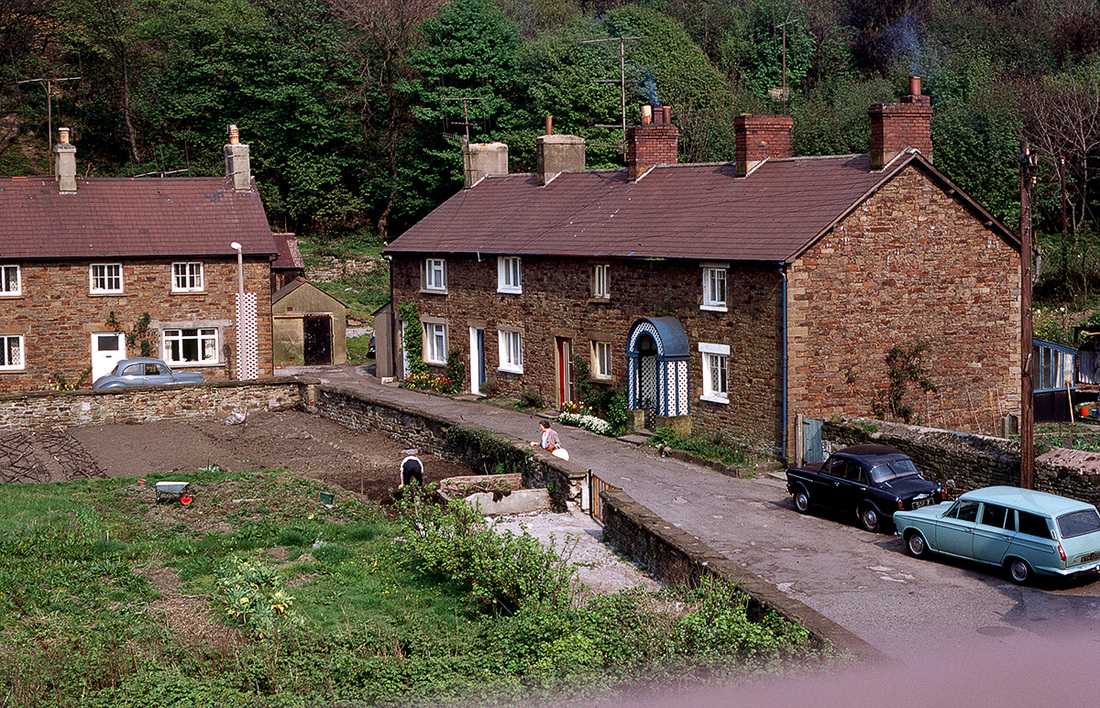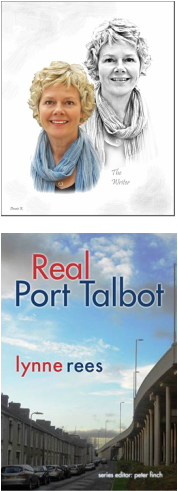If you look at the OS Explorer Map for the Port Talbot area (165) and cast your eyes below the large blue 39 that marks the motorway junction at Margam you'll see the word 'Groes' stamped on a patch of green.
And that's what you'll see there if you take a drive. Greenery. And a network of roads. But prior to 1975 the scene would have been completely different.
So next time you pass Junction 39 on the M4, or join it there, or circle the roundabout on your journey along the A48, remember Groes invisible amongst the green. One of our town's invisible scars.
I'll let another Port Talbot author, the poet Gwyn Williams (1904-1990) who was born in Beverley Street, have the final word on Groes.
Groes: Margam
We have the scarred valleys to thank them for,
where veins of coal and ore were scraped off eastwards;
they have drowned valleys for the thirst of their
factories; we have dark ranked conifers massed
where sheep once grazed the sweet upland grass;
we have caravan outliers of Wolverhampton
on the few flat acres where wheat once ripened;
they have torn our railroad up and only cut
motorways through our land for their conveniences
the throb and stench and staining of their industries
hands out the fivers from fingers of scorn.
And now the Vandals set about to erase
(and slavish Glamorgan seems to accept it)
this lovely village where my mother was born.
From Collected Poems 1936 to 1986
Gomer Press 1987



 RSS Feed
RSS Feed